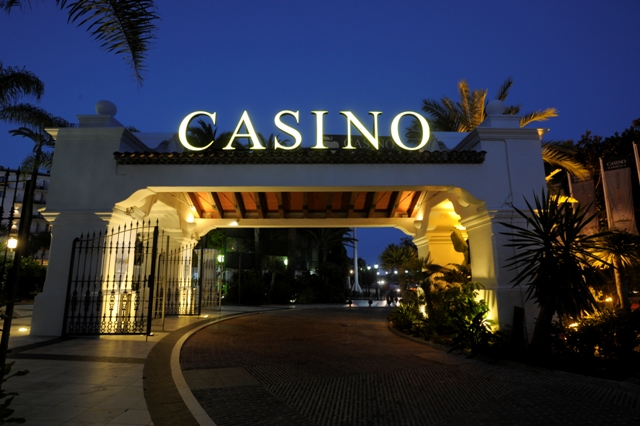While never enjoying much in the way of mainstream popularity, the subjects of history and archaeology nevertheless have a secret audience of people who devour documentaries about ancient cultures and peoples like they were so much Roman wine.
It’s easy to see why. History is relevant to everybody who lives – and who has ever lived – on this earth, and so it’s fascinating to wonder just how we would have got along ten or one hundred years in the past – without Netflix.
The First Casinos
Centuries of cultural intermingling have shaped the country of Spain. The southern reaches of the nation tend to contain Moorish influences, following settlement from North African invaders, whereas the presence of the Basque language Euskara in the mountainous north, on the border with France, is considered a genuine mystery.
Linguists seem to have all but given up on working out where this language, which has no relation to any other European tongue, seems to have come from.
Streaming TV aside, entertainment has long formed part of the historical or archaeological record. In Spain, the turn of the 19th century brought about the country’s first casinos – or what would eventually become casinos when the concept entered the public consciousness a century later. In the early days, these were places for men to congregate, talk, read the news, and engage in a bit of gambling. It was perhaps better to describe these first casinos as glorified bars or cafés.
Between 1814 and 1953, the archetypes of the Spanish casino opened in and around large population centres, such as Madrid and Valencia.
The Real Casino Antiguo, of Castellón de la Plana, was arguably the first of these gambling houses but it wouldn’t be finalised in form or appearance until the beginning of the 20th century, in the inter-war year of 1922. Separately, the Casino of Madrid on Calle Alcalá was founded during a similar timeframe. It, too, required a century to settle into its new groove, though. However, by 1910, the Casino of Madrid boasted around a thousand regular customers.
Real Casino de Murcia
It’s quite remarkable just how long it took casino gaming to evolve from disorganised card and dice games to an ordered industry. Its belated start doesn’t change the fact that this popular entertainment continues to flourish both in bricks-and-mortar fashion, as well as online, where a seemingly endless number of websites vie for the attention of a finite number of customers. That latter point isn’t quite the issue it might appear to be on paper, though, as the audience for games like blackjack and slots continues to grow year on year.
The sector is forecast to add $32.54 billion to its value during 2021-2025, for instance, as more people pick up the hobby.
The ability for a casino to identify itself within this space can, of course, be quite difficult. Already established outlets have an obvious advantage in a gaming niche based largely on establishing trust.
For this reason, casinos tend to offer promotions and bonuses to newcomers as an incentive to sign up and play. Review services such as Oddschecker allow players and gamers to look at the best casino bonus deals on offer, whether that’s for sports betting or casino games.
Early casinos were quite different, of course. Following the establishment of the Real Casino Antiguo and the Casino of Madrid, the Real Casino de Murcia appeared as yet another social club in 1847. Today, the building it stands in is more famous than the casino itself due to its eclectic architectural elements, which combine disparate styles like modernism, Renaissance, and classical into one unique package.
The Casino Numancia followed the Real Casino de Murcia into existence just a year later. This building would later merge with the Círculo de la Amistad (Circle of Friends), creating a society that today has more than 1,200 members.
Historians note that Spanish casinos struggled over the latter half of the 20th century due to the influence of dictatorships and large-scale conflicts. The country has one of the more visible casino heritages within its midst, though, making it something of a pilgrimage place for fans of the modern game(s).





